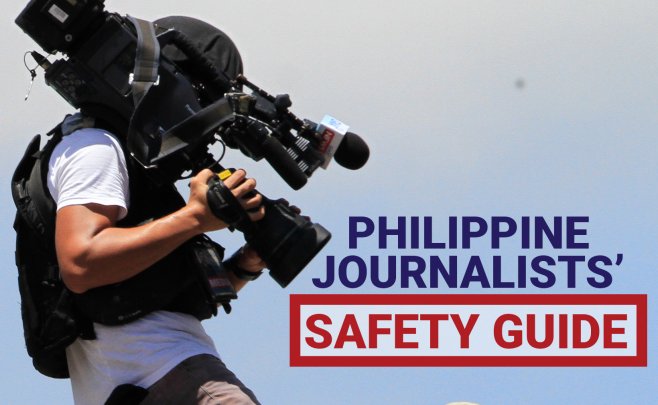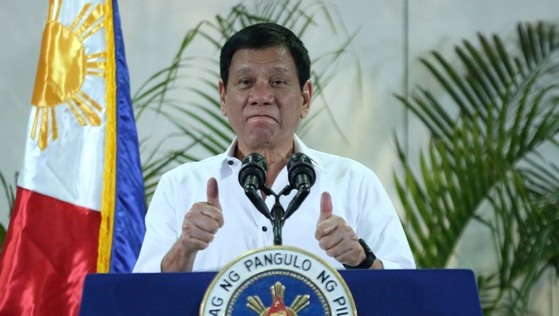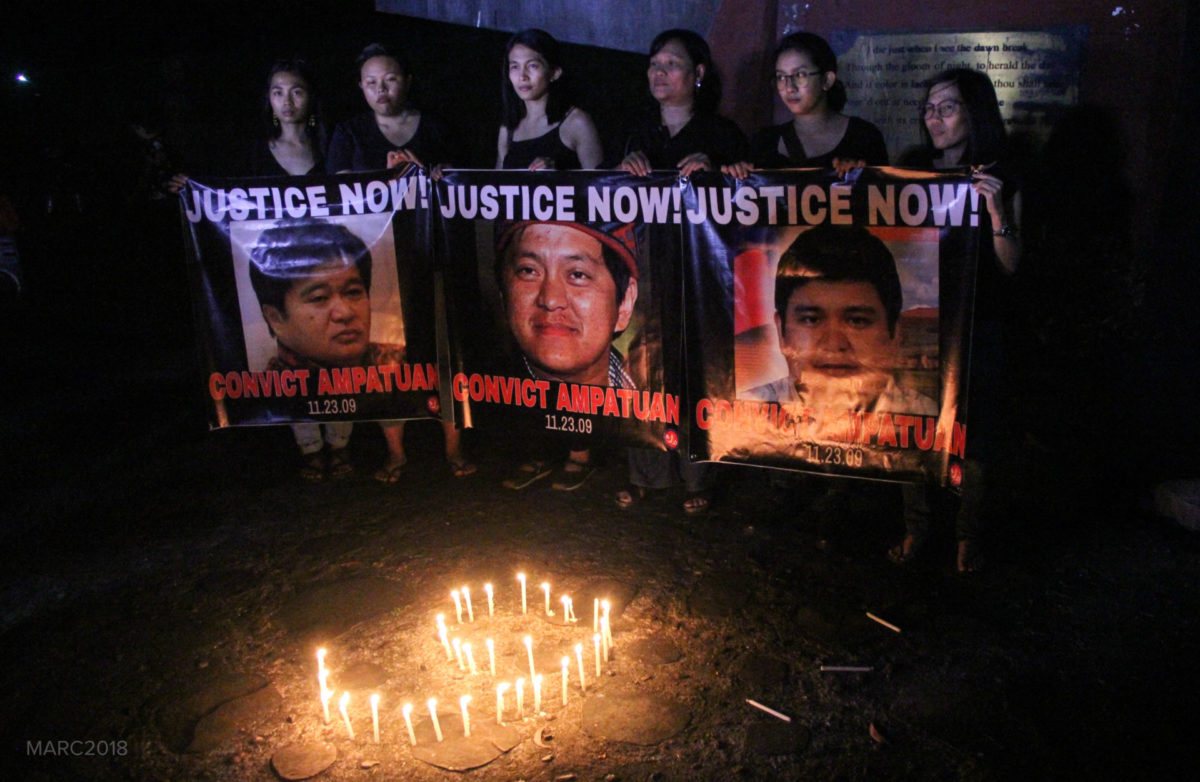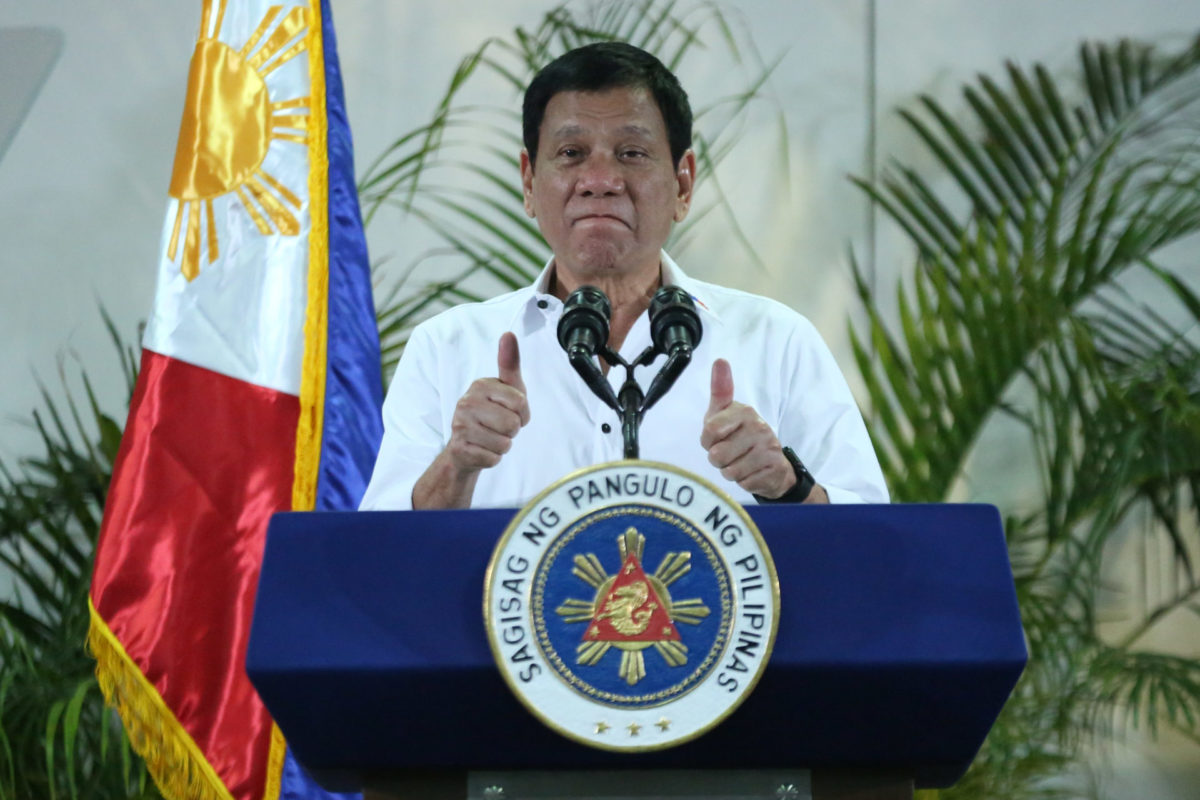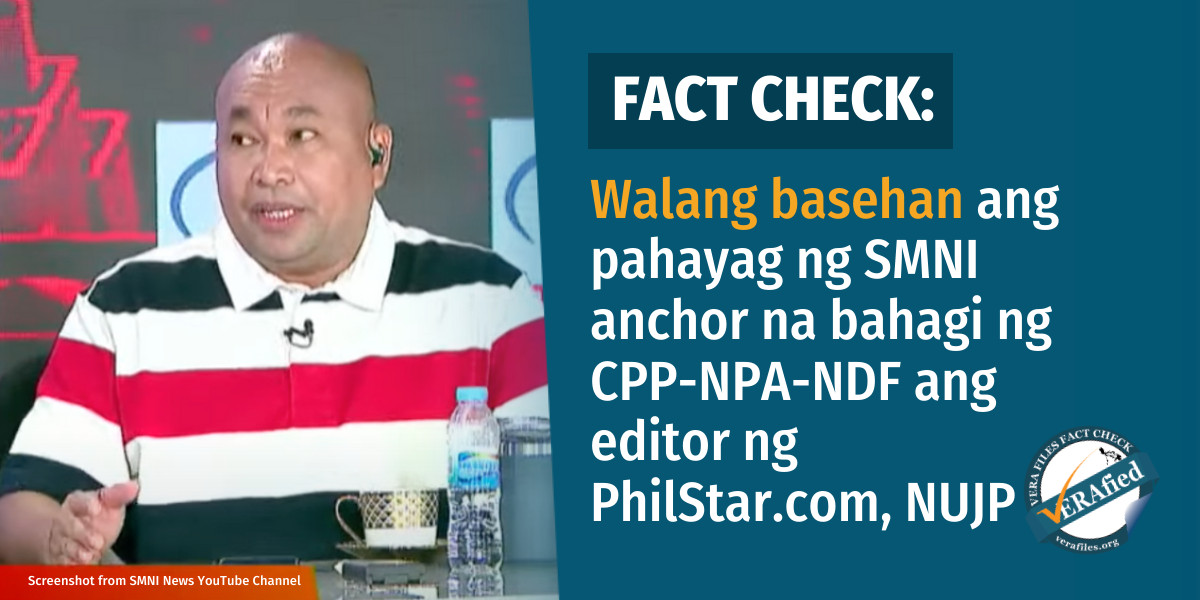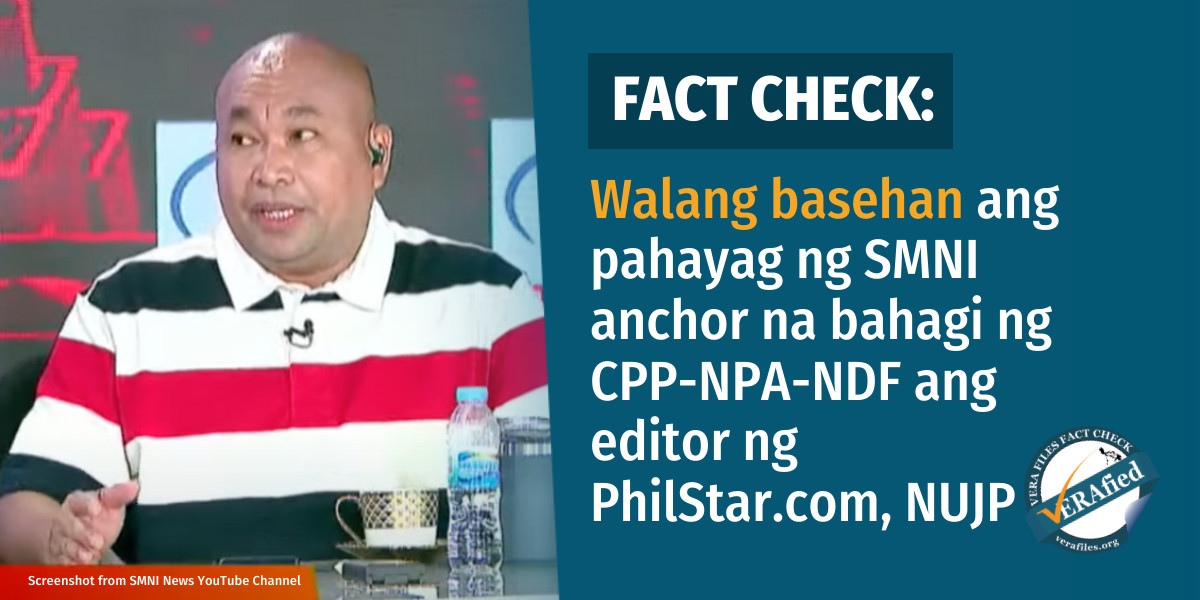For Filipino journalists, doing their job means treading a minefield. But doing the job is not just assessing the risks. Part of it is knowing safety protocols in a landscape where reports that are critical of politicians meet libel charges, state leaders hurl verbal attacks against journalists, death threats are plentiful, and worse, the death toll of slain journalists is rising to the hundreds.
Given this situation, the National Union of Journalists of the Philippines (NUJP) has developed a media safety guide to go with recommended safety training and review courses for practicing journalists in the Philippines, which ranked as the seventh most dangerous country for journalists in the 2020 Global Impunity Index.
The 74-page media safety guide features eight chapters of practical tips for journalists, as well as pointers and handbook links for women writers who face double the risks when on assignment and in online spaces.
The chapters include preparation for coverage, safety protocols to observe while on assignment, and covering crime and corruption, disasters, and pandemics and infectious diseases such as the novel coronavirus 2019 (COVID-19) pandemic.
The media organization also produced a 20-step safety video for incidents when journalists receive death threats.
“Just[2] because we’re not doing anything wrong doesn’t mean that we’re safe from other people. Just the fact of being critical puts you in their [crosshairs] … as a target, literal man o hindi,” said Inday Espina-Varona, a veteran and award-winning journalist who once served as chairperson of NUJP.
For these reasons, Espina-Varona said media practitioners must follow safety precautions so sources and people that journalists talk to may also stay safe.
The guideline contains sensitivity tips for journalists who interview survivors of disasters. Some chapters were dedicated to observing digital and information security, trauma and stress debriefing, and knowing journalists’ constitutionally protected rights and responsibilities.
“Hindi mapagkakailang mas matindi ang mga banta na kinakaharap natin ngayon, hindi lang sa kaligtasan natin. Kundi, higit sa lahat, sa malayang pamamahayag mismo at sa ating mga karapatan at kalayaan, at ang mga bantang ito, sadly, ay mula mismo sa estado at sa mga pwersa nito,” said Nonoy Espina, current chairperson of NUJP, during the soft launch of the Philippine 2020 Journalists’ Safety Guide.
(We can’t deny that we face more serious threats these days, not only on our safety, but also on the freedom of the press and expression. And these threats, sadly, come from the state and its forces.)
Espina underscored the need to seriously address the equally serious threats posed against freedoms of the press and expression.
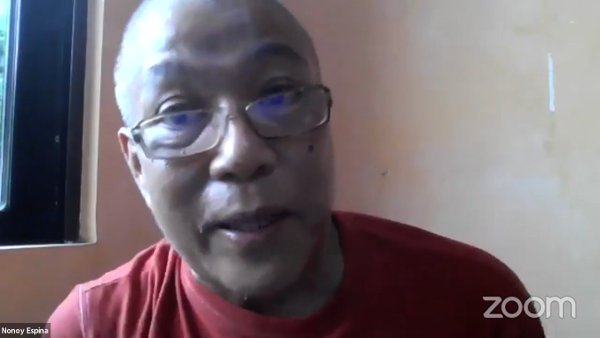
NUJP Chairperson Nonoy Espina
“Baka pagkatapos nito, may pangangailangan ding pag-usapan na ulit natin nang masinsinan at gumawa ng update o hiwalay na handbook kung paano haharapin ang mga bantang ito — ang mga political threats at ‘yung mga threats mismo from the state sa freedom of expression and freedom of the press,” Espina added.
(Maybe after this, we need to seriously address (this concern), and update or make a separate handbook addressing these kinds of threats — political threats and threats from the state to our freedom of expression and freedom of the press.)
The most recent manifestation of these threats was the shutdown of broadcast network ABS-CBN that left some 11,000 media workers unemployed. On July 10, the House of Representatives rejected in a 70-11 vote ABS-CBN’s bid to renew a 25-year franchise to operate. (READ: VERA FILES FACT SHEET: What’s next for ABS-CBN after losing franchise bid?)
The Philippines consistently ranked as second in the list of countries with the worst records for justice from 2008 to 2016 in the Committee to Protect Journalists’ (CPJ) Impunity Index. It ranked first from 2017 to 2019, with 41 recorded unsolved murder cases last year.
While the Philippines fell from the fifth to the seventh most dangerous country for media practitioners, the CPJ noted this is due to the fact that the killing of 32 journalists in Maguindanao in 2009 no longer falls under their 10-year time criteria for calculating the impunity index.
In December 2019, the masterminds, such as former mayor Datu Andal Ampatuan Jr. of Datu Unsay town, and former governor Zaldy Ampatuan of Maguindanao, with 26 other accomplices behind these murders, were convicted after 10 years of trial.
You may access the full safety guidelines in English, Tagalog and Bisaya here.
Sources
Center for Media Freedom and Responsibility, Libel Cases: Three Journalists Charged, One Case Dismissed, News Team Posts Bail, Aug. 18, 2017
Center for Media Freedom and Responsibility, Estrada to file libel against Manila Standard Today, others, July 27, 2006
Rappler, Quezon radio journalists arrested over libel charges filed by politicians – NUJP, Feb. 7, 2018
CNN, Duterte says killing of corrupt Philippines journalists justified, June 1, 2016
Davao Today, In Duterte’s Mindanao, journalists get threats and terror tag, Aug. 11, 2020
Committee to Protect Journalists, 85 Journalists Killed in Philippines, Accessed Nov. 3, 2020
Inquirer.net, Philippines among worst countries for journalists in Southeast Asia, Dec. 21, 2018
National Union of Journalists of the Philippines, Philippine Journalists’ Safety Guide, Accessed Nov. 3, 2011
Committee to Protect Journalists, Getting Away with Murder: CPJ’s 2020 Global Impunity Index spotlights countries where journalists are slain and their killers go free, Oct. 28, 2020
Rappler, ‘Women journalists more vulnerable to online harassment’, Dec. 15, 2017
Inquirer.net, Women journalists demand stop to online harassment, Nov. 7, 2019
CNN Philippines, Online harassment is the largest safety concern for female journalists, new study finds, Sept. 9, 2019
NUJP Official Youtube Account, NUJP Safety Video, Oct. 29, 2020
NUJP Official Facebook Account, 2020 Philippine Journalists’ Safety Guide (Soft Launch), Oct. 30, 2020
Inquirer.net, House panel closes down ABS-CBN, July 10, 2020
Business Mirror, House panel votes 70-11 against ABS-CBN franchise application, July 10, 2020
The New York Times, Philippine Congress Officially Shuts Down Leading Broadcaster, July 10, 2020
VERA Files, VERA FILES FACT SHEET: What’s next for ABS-CBN after losing franchise bid?, July 20, 2020
